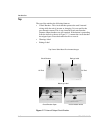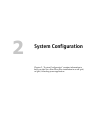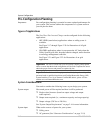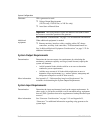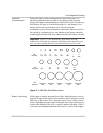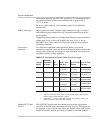
Pre-Configuration Planning
976-0043-01-02 2–7
Grounding Considerations
Types Whether you are installing a new system or integrating new parts into an
existing system, the four types of grounding to consider are:
• DC system grounding
• Inverter grounding
• Chassis grounding
• Bonding the grounding system
DC System Grounding
Systems The Sine Wave Plus can be used in either a positive or negative grounded
system. However, unless you are installing the inverter into an existing
positive grounded system (i.e., a telecommunications system), it is highly
recommended to use negative grounding.
Positive ground In a positive ground, the positive conductor from the
battery bank is bonded to earth ground. This arrangement is most often
used in telecommunications systems where an isolated ground is a
requirement.
Negative ground In a negative ground, the negative conductor from the
battery bank is bonded to earth ground. This is the most common form of
grounding methods used for residential and commercial applications. The
Sine Wave Plus meets FCC part 15 Class B regulations in a negative
grounded system. See “FCC Information to the User” on page viii for
additional information.
Convention The remainder of this guide will assume the negative ground convention.
Important:
The grounding requirements vary by country and by application.
All installations must comply with national and local codes and ordinances.
Consult local and/or national codes and the NEC/CEC for specific grounding and
bonding requirements for the desired installation.
Important:
The bonding of the DC negative (or positive in positive ground
applications) to ground can only be in one location in the DC system. This DC
ground bond must be made in a non-serviceable item in the DC system. The
Xantrex DC175 and DC250 can have the optional DC Bonding Block (DCBB)
installed to provide the DC system bond. Additionally, the Xantrex PVGFP can
also provide this bond and comply with NEC/CEC requirements for roof
mounted PV arrays installed on dwelling units (homes).




